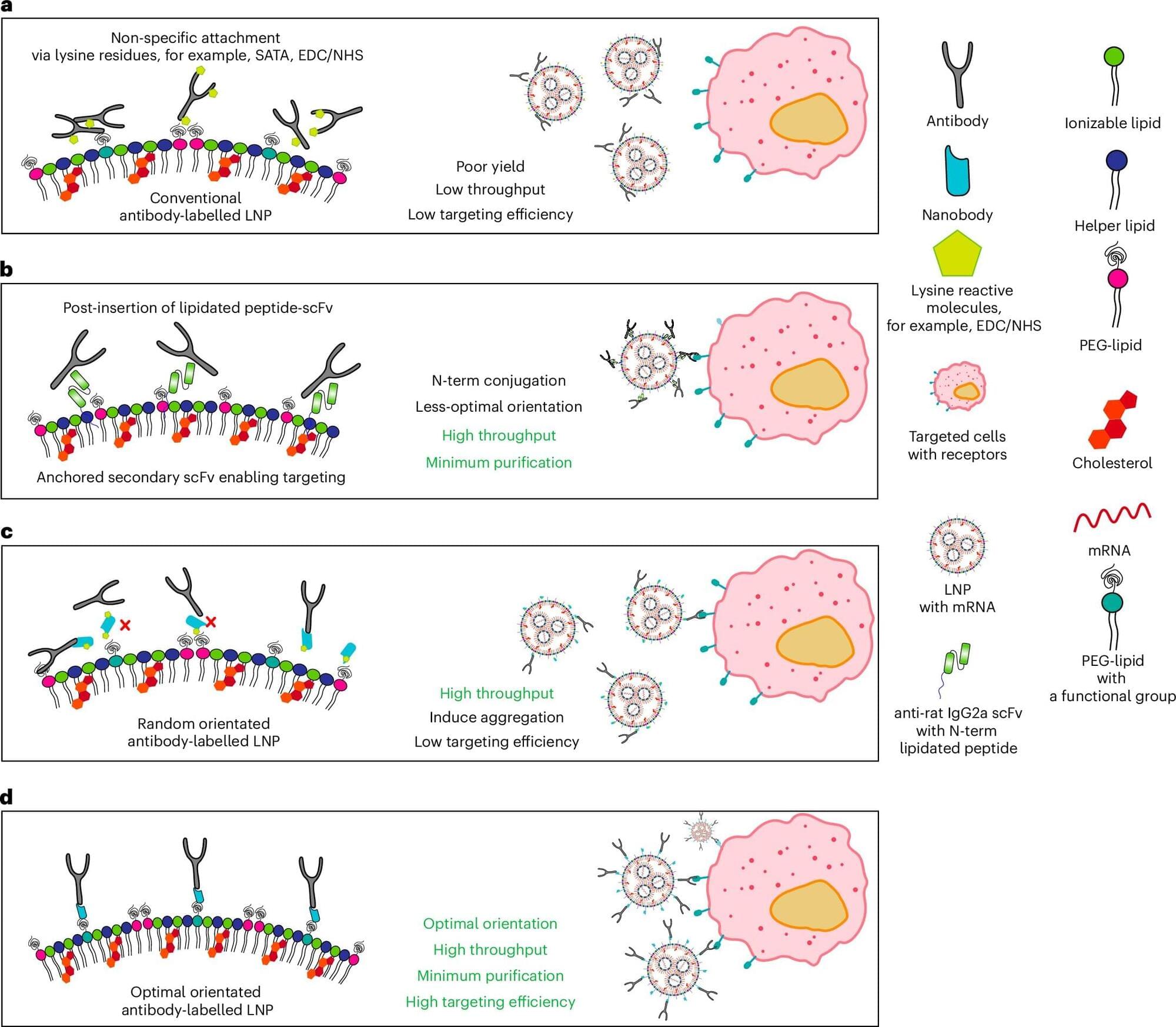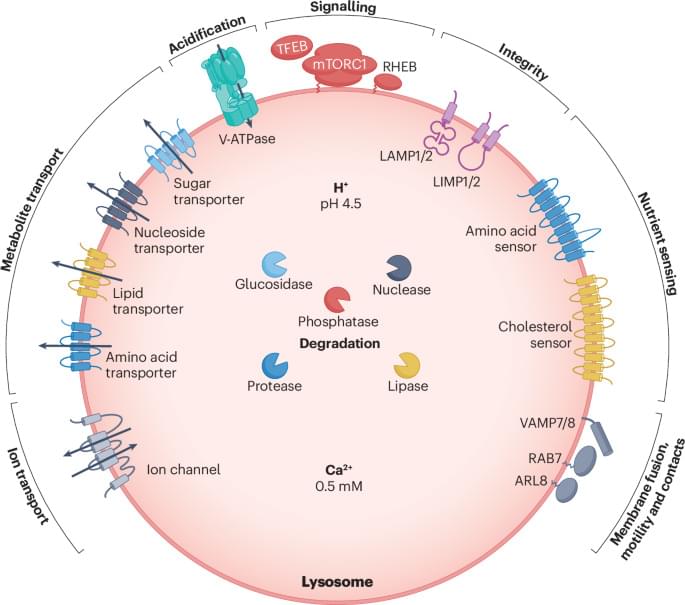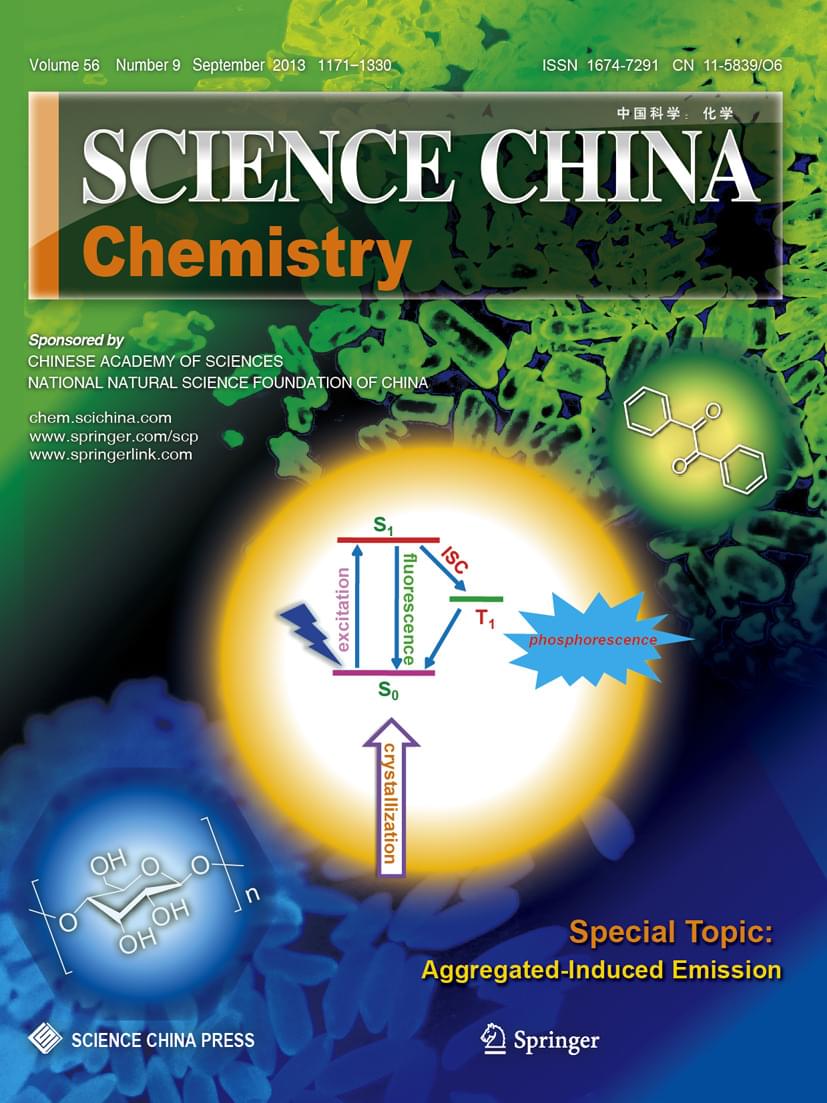Researchers have developed a simple yet highly effective method for delivering mRNA to target cells, opening up new possibilities for future non-vaccine mRNA medicines for a broad range of diseases.
The Monash University study, published in Nature Nanotechnology, is a significant development in how mRNA is precisely delivered to cells to maximize efficacy and minimize off-target effects—vital components for future mRNA medicines as they continue to evolve.
Led by the Monash Institute of Pharmaceutical Scientists (MIPS), the interdisciplinary team of researchers used advanced technologies coupled with preclinical studies to produce a highly versatile method that captures and attaches antibodies to the surface of mRNA-loaded lipid nanoparticles while the antibodies are in their optimal orientation, thus enhancing the mRNA’s effectiveness and reducing side effects by making sure it only reaches its target destination.








